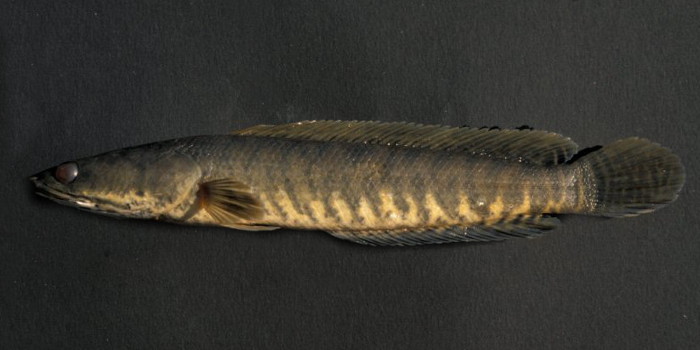
Channa striata
FAMILY
Channidae
TAXONOMY
Ophicephalus striatus Bloch, 1793, Tranquebar, Malabar coast,
India.
OTHER COMMON NAMES
English: Chevron snakehead, snakehead murrel; German:
Quergestreifter Schlangenkopf; Burmese: Nga-yan; Khmer:
Trey raws; Bengali: Shol; Laotian: Pa kho; Malay: Aruan;
Indonesian: Ikan gabus; Thai: Pla chon; Vietnamese: Cб lтk.
PHYSICAL CHARACTERISTICS
Length 23.6 in (60 cm). No scales on underside of the jaw, no
large canine-like teeth on the upper jaw, moderately large
scales (lateral line scales 50–61). Generally dark brown above,
extending into irregular blackish bands below; no bands or
spots on pectoral fins. Juveniles have black spot (sometimes
forming an ocellus) at posterior end of dorsal fin, but this disappears
as fish reaches maturity.
DISTRIBUTION
The most widely naturally distributed snakehead, occurs from
Pakistan through Southeast Asia east to Yunnan, southern
China. Has also been introduced and established in tropical islands,
including Madagascar, Hawaii, New Guinea, the Philippines,
and Sulawesi, Indonesia.
HABITAT
Tropical stagnant to slow-running lowland waters (prefers the
former) with muddy bottoms, such as ponds, swamps, and
ditches.
BEHAVIOR
Can move over land during rainy season. Reported to survive
in cavities in the bottom mud of lakes, swamps, and canals that
have dried up.
FEEDING ECOLOGY AND DIET
In native waters, feeds on smaller fishes, frogs, prawns, and
worms.
REPRODUCTIVE BIOLOGY
Spawns year round, builds a nest in shallow (11.8–39.4 in/
30–100 cm), swampy stagnant areas near waters’ edge. Male
and female use mouth and tail to clear away dense vegetation
to make donut-shaped floating nest about 11.8 in (30 cm) in
diameter, into which the translucent yellow nonadhesive eggs
(about 0.06 in/0.15 cm in diameter) are placed. Hatching period
lasts about three days, during which male guards the nest
until a short while after the vivid reddish orange fry hatch. After
hatching, fry move in a dense school while foraging, still
protected by male.
CONSERVATION STATUS
Not threatened; common in almost all areas within its
DISTRIBUTION
.
SIGNIFICANCE TO HUMANS
One of the most common and important freshwater food fishes
in tropical Asia, also used for control of tilapia in pond aquaculture.
In Myanmar, included in a spiritual ceremony to help
a sick person recover.
Other popular Animals
Photo Gallery of - Striped snakehead

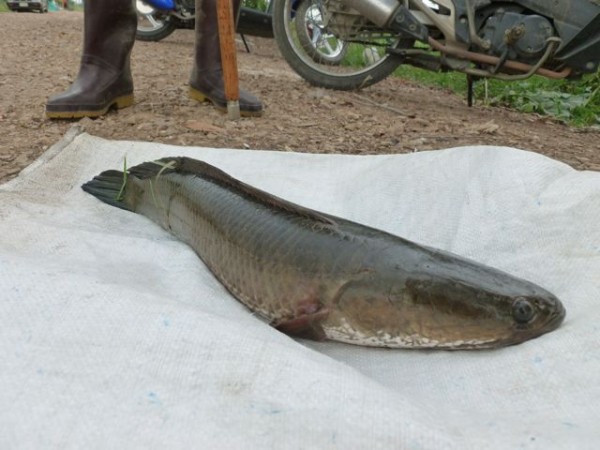
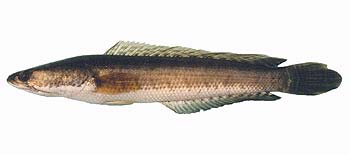
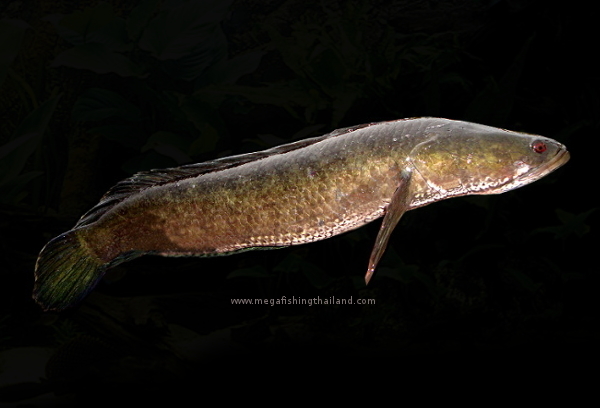
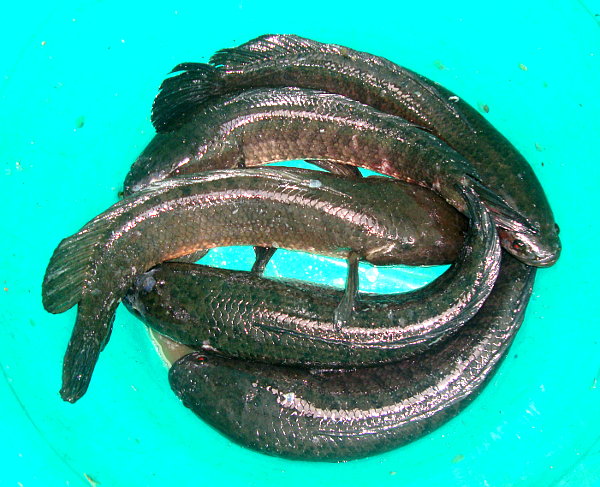
 Animalia Life
Animalia Life